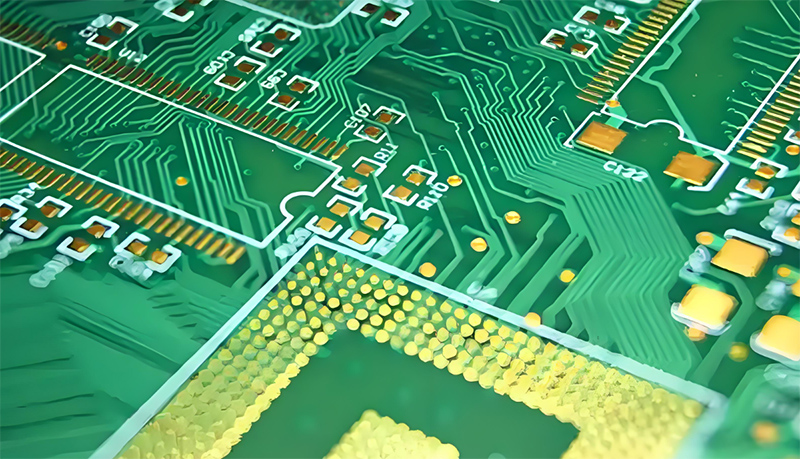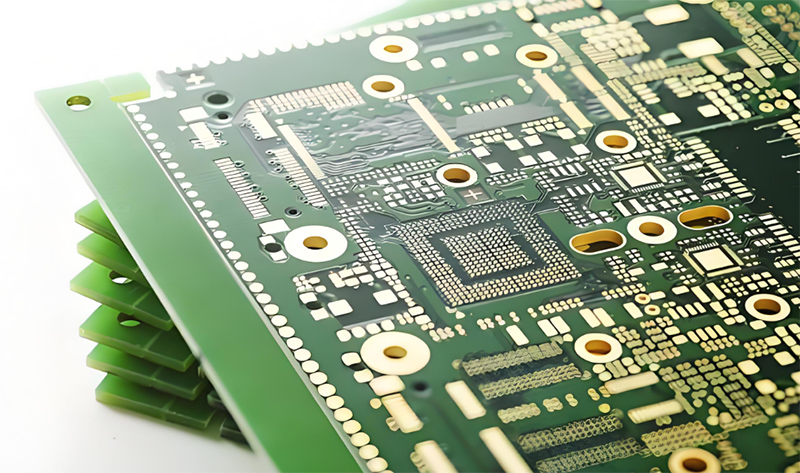 Seprays-Jayden
Seprays-Jayden
 2025-04-02 16:41:56
2025-04-02 16:41:56
 16
16

In the electronics manufacturing industry, PCB depaneling is a critical production step. However, traditional depaneling methods face persistent dust issues, harming productivity, worker health, and workshop cleanliness, while also reducing product yield. For plant managers, procurement decision-makers, and engineers, solving this challenge is key to improving competitiveness. This article analyzes the root causes of dust problems and explores advanced PCB depaneling solutions.
Hand separation or essential cutting tools generate glass fiber and resin dust when breaking V-grooves or breakaway tabs. Studies show a single manual depaneling operation can release over 5,000 dust particles (<10μm) per cubic meter—far exceeding industrial safety standards.
Dust spreads freely without enclosed workspaces. Factory tests reveal that PM2.5 levels near depaneling stations can peak at 300μg/m³—four times China's limit.
Inconsistent manual force causes burrs and micro-cracks, requiring additional grinding and generating more dust.

High-end depaneling machines feature fully enclosed chambers with negative-pressure dust extraction. For example, SEPRAYS machines integrate multi-stage filtration (pre-filter + HEPA), capturing 99.97% of dust for integrated cutting, suction, and filtration.
●Router-Based Machines: High-speed milling ensures clean cuts, reducing dust by 80% vs. manual methods.
●Laser Depaneling: Non-contact ablation eliminates mechanical stress, producing near-zero dust—ideal for flex PCBs and delicate components.
PLC-controlled systems optimize cutting speed, pressure, and path to avoid dust spikes from improper operation.
●Board Type: FR4, aluminum, or ceramic substrates require different methods (routing/laser).
●Thickness: Standard 0.6-3.0mm boards suit router machines; ultrathin (<0.4mm) boards need a laser.
Prioritize machines with cyclone + HEPA filtration, checking filter life and dust bin capacity (≥10L).
●Vision alignment for irregular panels.
●Barcode tracking for automotive PCB traceability.
●MES connectivity for smart manufacturing.
Stricter regulations (e.g., EU RoHS) and higher precision demands make advanced depaneling essential for green manufacturing and high-end orders. Procurement teams must weigh TCO (Total Cost of Ownership), engineers must match process parameters to machine specs, and executives must integrate dust-free production into a long-term strategy. Choosing the right depaneling machine could be the key to factory transformation.

E-mail : sales@seprays.com
Tel : +86-0769-83284766
+86-13925527370
Address : 5th Floor, B2 Building Research Center Songshan Lake Intelligent Valley, Liaobu Town, Dongguan City, Guangdong Province, China